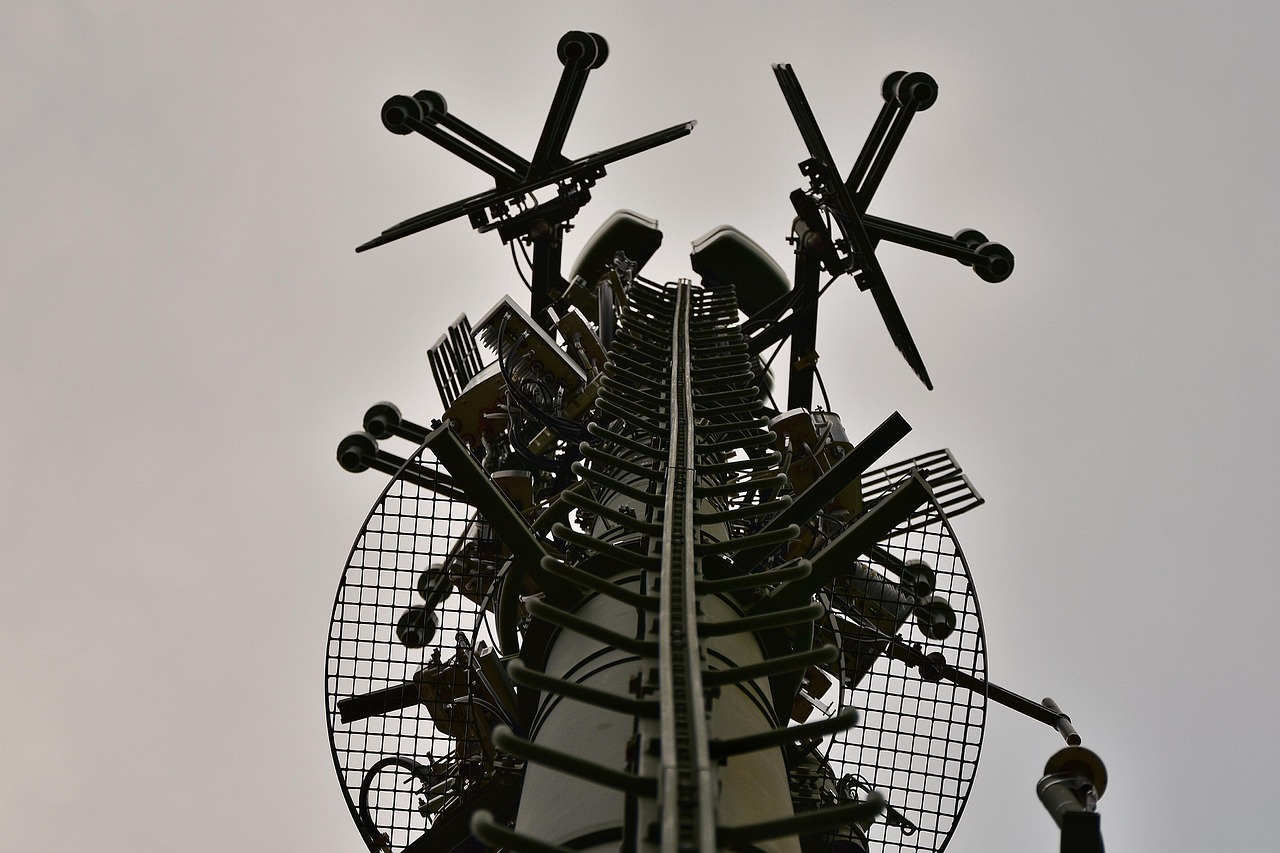Telecom Towers: The Unsung Heroes of Connectivity
In an age where seamless connectivity is taken for granted, few pause to consider the intricate infrastructure that makes our digital lives possible. At the heart of this vast network stand telecom towers, silent sentinels that bridge the gap between our devices and the world beyond. These towering structures, often overlooked, play a crucial role in shaping our connected future. But what lies beneath their simple exterior, and how are they evolving to meet the demands of tomorrow?

Today’s telecom towers are marvels of engineering, capable of supporting multiple technologies and carriers simultaneously. They range from traditional lattice towers and monopoles to more discreet solutions like stealth towers disguised as trees or church steeples. This evolution reflects not only technological progress but also a growing awareness of aesthetic and environmental concerns.
The Anatomy of a Modern Telecom Tower
Understanding the components of a telecom tower reveals the complexity behind its seemingly simple structure. At its core, a tower consists of a sturdy base, a vertical support structure, and an array of antennas and equipment. The base, often made of reinforced concrete, anchors the tower and houses critical ground equipment.
The tower itself, whether a self-supporting lattice structure or a guyed mast, is designed to withstand extreme weather conditions and potential seismic activity. At the top, an array of antennas serves different purposes: omnidirectional antennas broadcast signals in all directions, while directional antennas focus on specific areas for enhanced coverage.
Modern towers also incorporate advanced technologies like Remote Radio Units (RRUs) and Active Antenna Systems (AAS), which improve signal quality and reduce energy consumption. These components work in harmony to ensure reliable connectivity across vast areas.
The Invisible Web: Network Planning and Optimization
Behind every telecom tower lies a complex web of network planning and optimization. Telecom engineers use sophisticated software and algorithms to determine the optimal placement of towers, considering factors such as population density, terrain, and existing infrastructure.
Network optimization is an ongoing process, with operators constantly monitoring and adjusting their networks to improve coverage and capacity. This involves techniques like cell splitting, where a single cell is divided into smaller cells to increase capacity, and tilt optimization, which adjusts the angle of antennas to maximize coverage.
The advent of Self-Organizing Networks (SON) has revolutionized this process, allowing networks to automatically adjust and optimize their performance based on real-time data. This not only improves user experience but also reduces operational costs for telecom operators.
Environmental and Health Considerations
As telecom towers have proliferated, concerns about their environmental and health impacts have grown. The visual impact of towers on landscapes and urban areas has led to innovative camouflage techniques and stricter zoning regulations. Many countries now require environmental impact assessments before new towers can be constructed.
Health concerns related to electromagnetic radiation from telecom towers have been a subject of debate. While numerous studies have found no conclusive evidence of health risks from tower emissions within regulatory limits, the industry continues to invest in research and adhere to strict safety guidelines set by international bodies.
Energy consumption is another critical consideration. Telecom towers are significant energy consumers, often relying on diesel generators in areas with unreliable power grids. The industry is increasingly turning to renewable energy solutions, such as solar and wind power, to reduce its carbon footprint and operational costs.
The Future of Telecom Towers in a 5G World
As we stand on the brink of widespread 5G deployment, the role of telecom towers is evolving once again. The higher frequencies used by 5G networks require a denser network of smaller cells, leading to the development of new infrastructure solutions.
Small cells and microcells are becoming increasingly common, especially in urban areas. These compact units can be mounted on existing structures like lampposts and building facades, complementing traditional macro towers. This hybrid approach allows for improved coverage and capacity in high-demand areas while maintaining broader coverage through existing tower infrastructure.
The integration of edge computing capabilities into telecom towers is another emerging trend. By processing data closer to the source, edge computing reduces latency and improves network efficiency, paving the way for applications like autonomous vehicles and augmented reality.
As we look to the future, telecom towers will continue to play a vital role in our connected world. From supporting emerging technologies to addressing environmental concerns, these unsung heroes of connectivity are evolving to meet the challenges of tomorrow. Understanding their complexity and importance is key to appreciating the intricate web of technology that underpins our digital lives.





